|
This month is AAPI heritage month. Please tell us what it means to you. Asian Americans and Pacific Islanders (AAPI) are an integral part of the American cultural mosaic, encompassing a wide range of diversity. There are many different Asian diasporic cultures and experiences, and we need more stories that span all reading levels and in different genres. I hope more AAPI authors will feel compelled to write stories for our young people. I hope agents and editors will solicit our stories from our talented writers and illustrators. And I hope librarians, educators, and parents will work hard to connect young people with our stories. As an educator, how do you address Asian American Pacific Islanders missing from books or being depicted using stereotypes? I encourage educators to reflect on how they are presenting AAPI history, cultures, and communities within their classroom. All students need to develop positive self-identities and learn to understand and respect the identities of others. In my debut picture book, Meena's Mindful Moment, young readers are introduced to a diverse story that reflects some of their experiences and/or exposes others to the wider world. We need more books that celebrate diverse AAPI cultures, communities, and people. Tell us about your MG historical fiction book, Orange For The Sunsets. We see a lot of Historical fiction written by AAPI writers. These books are how we acknowledge our past. We see that in my MG book about the expulsion of Asian Indians from Uganda. It is not merely my history but a living, vital part of our present...how that historical event shaped a community. These stories are an attempt to capture the texture and richness of a wide scope of experiences, recent or distant, and to share the future we hope to see. What does the phrase "We Need Diverse Books" mean to you? We hear that phrase quite a lot in the book industry and in the education environment. However, when we say, "we need diverse books," we don't mean books by marginalized people that are only for marginalized people. Everyone needs diverse stories. Being able to imagine someone else's life vividly enough to feel it within yourself is how we reshape culture and unlearn false ideas. As an educator for over thirty years, how do you feel about the fight for the removal of books in school districts and public libraries? All children have a right to quality education and access to books that reflect their communities. Books can be used as tools to develop anti-racist foundations and help students think critically. Across the county, school boards are removing, or fighting to remove, books by non-white authors instead of diversifying our stacks. Presently, marginalized groups are absent from our K-12 public education core curriculum or represented by a very small percentage. How can we move forward and build a more cohesive world, if we cannot see all of us in it together? Tina Athaide was born in Uganda and grew up in London and Canada. While her family left Entebbe just prior to the expulsion, she has memories of refugee family and friends staying with them in their London home. The stories and conversations she listened to through the years became the inspiration for her book Orange for the Sunsets. Tina now lives in California with her husband, Ron, and their daughter, Isabella.
You can learn more about Tina at https://tinaathaide.com/tinaathaide.com/ Kirstie Myvett interviews author Michelle Coles on her debut novel, Black Was the Ink. Congrats on your debut Black Was the Ink! I’m a HUGE historical fiction fan and I’m so glad I read your book. It’s now one of my favorites. Tell us what inspired you to write this book. Black Was the Ink was inspired by the Mother Emanuel massacre that took place in Charleston, South Carolina on June 17, 2015. At the time of the massacre, I was on maternity leave from my job as a civil rights attorney, and I struggled with how to prepare my infant son to enter a world filled with so much inexplicable hatred towards people who look like him. I was surprised to learn that Denmark Vesey, the leader of one of the largest attempted slave rebellions, founded the congregation that became the Mother Emanuel Church, and Pastor Richard ‘Daddy’ Cain, one of the first Black members of Congress, led the church during Reconstruction. Also, Booker T. Washington spoke there, and Coretta Scott King led a protest on behalf of striking hospital workers from the church’s steps where she was met by bayonet-wielding members of the South Carolina National Guard. Suddenly, the link between slavery, the collapse of Reconstruction, the civil rights movement, and present-day racial injustices crystallized for me, and Black Was the Ink was born. Your transitions from modern day scenes to the 19th century flowed so naturally. Did you set out to write a contemporary/historical book or did it just happen that way? I did. Because I wrote Black Was the Ink with my children in mind as the audience, I wanted to write something that they could relate to while gaining a deeper understanding of how the past influenced the present. Having a kid from the present travel to the past so he could see for himself what it was like for Black people as they were emerging from slavery seemed like the perfect way to do that. Readers will certainly appreciate the rich historical stories weaved throughout the book. (I especially enjoyed seeing one of the Downing’s mentioned since I’ve been working on a book about the patriarch for some time.) I know your background as a civil rights attorney played a role in your vast historical knowledge, but tell us about your process and how long it took you to compile all this research for the book? Surprisingly, I hardly knew anything about the Reconstruction Era before I started writing Black Was the Ink. I figured that if I, as a 9th generation Louisianan, civil rights attorney, and HBCU law graduate, didn’t know this history, who would? I loved writing this book because I was able to unearth a fascinating and extremely consequential period in American history and present it in a way that was both entertaining and easy to understand. I spent about 9 months researching the Reconstruction Era before I began writing. Some of my resources included: · Philip Dray’s Capitol Men, a non-fiction account of the first Black members of Congress; · W.E.B. Dubois’s groundbreaking Black Reconstruction, which was one of the first books to challenge the dominate narrative that white supremacists peddled which claimed the Reconstruction Era was an abject failure; · Several books by Eric Foner, the preeminent modern scholar on the Reconstruction Era; · A first-hand account of John Roy Lynch, a Black Congressman from Mississippi in the 1870s, called The Facts of Reconstruction · Charles Lane’s The Day Freedom Died about the Colfax Massacre · But my favorite resource was the Library of Congress’s Congressional Record because it gave me access to the actual words of the first Black member of Congress from floor debates. Although these came out after I had written my manuscript, Henry Louis Gates’ documentary Reconstruction and Netflix’s Amend are also excellent. I truly loved and cared for the protagonist, Malcolm, a lot. He’s such a well-rounded kid, and you captured his voice perfectly. I had many laugh out loud moments, especially when he would use modern lingo in the 19th century and catch himself. I’m curious how you nailed that voice down so well. Thank you! My husband was a big help. He would read drafts and sometimes say, “A guy wouldn’t talk like that!” Also, I am a mom of 4 boys. They are all young, but I tried to imagine their teenage selves. And I have been blessed with really great friendships with guys my whole life, including my twin boy cousins that are the same age as me. Tragically, one of the twins died in a car accident right before the book went to print, so I changed the name of Malcolm’s cousin to Kliff (one of Baton Rouge’s finest) in honor of him. Their voices were all with me as I wrote Black Was the Ink. Malcolm’s relatives embody southern hospitality. Did you rely on your own memories of visiting family in the south to create that familial bond? Definitely. I was born in Baton Rouge and most of my extended family still lives there, so southern hospitality is natural to me and what I embody no matter where I am physically. You come to my house, you’re gonna be treated like royalty and eat good! What do you want young readers to get from Black Was the Ink? I hope this story makes Black children feel proud and empowered from witnessing the strength of their ancestors. I want them to know that no matter what they are taught in schools, Black people have always been more than slaves. The Reconstruction Era is proof because we came out of slavery READY: ready to learn, ready to reunite our families, ready to innovate, ready to own land and businesses, and ready to participate in democracy. I want them to know that the inequalities and injustices that they see and experience are not their fault. It’s not because Black people didn’t work hard or try. It’s because some people used the immense power of our government to keep Black people from enjoying the privileges of American citizenship. For white children and children of other races, I want them to feel empowered to be a part of the change that is necessary to make America a more just nation. I want them to look at the pervasive racial inequalities that exist and question their root cause. I want them to use their voice as part of the American Majority to demand that we undo the harm caused by denying Black people equal citizenship rights for centuries. Malcolm’s illustrations throughout the novel are really special. Tell us about the illustrator and what were your thoughts when you saw those sketches. My publisher, Lee and Low, found the illustrator Justin Johnson, and I think he is incredible! He is a middle school art teacher in Washington D.C., which was perfect since Malcolm was from Washington D.C., and he captured Malcolm’s style and essence beautifully. His interior art was magical and really helped to bring the past to life. When I saw how everything came together, I was overjoyed! What are you working on now? I am writing a historical fiction novel about the Haitian Revolution that also has a past to present angle. My husband is Haitian-American so my children are half-Haitian. I’m excited to write something to help them understand this part of their background better. What are your favorite writer tools, apps, etc.? I am really bad at keeping up with technology. My phone and computers are usually at least 5 years old, and I only got on social media last year to help spread awareness about my book. I’m not aware of any apps (but please let me know if you have a recommendation), but I do use excel. Since my stories involve multiple timelines, an excel spreadsheet is really helpful to keep those threads organized. When I’m not writing you can find me….? Hanging out at home with my husband and four sons. They are my pride and joy and whom I am doing all of this for. What are you currently reading? I’m grateful that someone recommended that I read Stephen King’s On Writing. What a great resource for writers! I’m also reading several books about Haiti including The Black Jacobins, Haiti: the Aftershocks of History, and Dear Haiti, Love Alaine. Do you have any advice for aspiring MG/YA authors? I would suggest that they think about what kinds of stories they needed when they were young that would have had a positive impact on their development and worldview and then get to writing! Michelle Coles is a debut novelist, experienced civil rights attorney, and mother of four. She is a proud graduate of Howard University School of Law and the University of Virginia. As a 9th generation Louisianan, she is highly attuned to the struggles that African Americans have faced in overcoming the legacy of slavery and the periods of government-sanctioned discrimination that followed. Her goal in writing is to empower young people by educating them about history and giving them the tools to shape their own destiny. You can keep up with her work by signing up for updates on her website: www.michellecoles.com or following her on Instagram @michellecolesauthor. For speaking engagements, Michelle is represented by The Lavin Agency: https://www.thelavinagency.com/michelle-coles. Salma Hussain - The Secret Diary of Mona Hasan Interview by Gabriele Davis GD: Congratulations on your middle grade debut, Salma! Tell us about your story and what inspired you to write it. SH: Thank you so much for the warm welcome and the congratulations, Gabriele! The Secret Diary of Mona Hasan is a middle grade novel set in 1991 about a young, Muslim Pakistani girl growing up in big-city Dubai, in the U.A.E. Due to the first Gulf War her parents decide to immigrate to North America. They end up in small-town Dartmouth on Canada’s east coast. The novel is a year-in-the-life of young Mona as she journeys through immigration, puberty, and general tween concerns – “When will my chest grow, Allah? Why is my mother not like the mothers on T.V.? Why is Aba ruining our lives by moving us to Canada?” To answer the question about what inspired me to write this novel, I’d like to share its origin story: When my daughter was five, she turned to me sleepily at bedtime and asked, “Mama, you were born outside Canada, right? Were you a regular kid just like us?” That one question was the spark behind this entire novel. I knew in that moment that I wanted to write a book in a child’s voice to answer my daughter. I wanted to explore in what ways might the kids who grow up outside Canada be different? And in what ways might they be the same? I wanted this to be an immigration story, and I chose these particular locations because I know them very well! I grew up in the U.A.E. myself (until grade seven) and immigrated to a small town on the eastern coast of Canada when I was a teenager (I completed my high school years in Dartmouth, Nova Scotia). I have a familiarity and love for both places, and as they are under-represented in children's literature in North America, I wanted to amplify and celebrate them. GD: Your story is told from the perspective of an 11-year-old girl writing in her diary. Why did you choose this format? SH: Multiple reasons in no particular order:
GD: Your characters deal with challenging, worldly issues as well as more light-hearted preteen concerns. Was it difficult to find the right balance between the two? SH: Yes, it was a challenge! I was passionate about exploring both simultaneously because that is how life is lived, no? Especially for children who have been or are in the process of being displaced due to war and conflict. There’s somber tragedy as well as gut-busting joy. I hope I struck the right balance! Again, The Secret Diary of Adrian Mole 13 ¾ was a sort of mentor text in paving the way for me in this regard: Adrian dealt with parental separation, adultery, abortion, and economic uncertainty, but the author never lost her sense of humor about life and gave readers that joy. It’s something I’ve aspired to do in this text. GD: What message do you hope readers take away from this story? SH: There are a few different messages, but first and foremost, I would love readers to simply laugh and enjoy Mona’s story. I hope that they can recognize and accept that each of us are on a journey and doing the best we can. Readers of this novel are ideally at a place in their lives where they are looking out at the world in wonder and marveling at both its splendor and absurdity – something that seems to happen to most of us right around adolescence! GD: How long have you been writing for children, and what was your publication journey like? SH: This is the first book I’ve written for children. I was a member of two writing groups when I was writing this novel. I also went through a mentorship program through Diaspora Dialogues (an amazing free mentorship program in Canada). After I finished the mentorship, I submitted 10 sample pages for a flash assessment at a literary festival to which publishing professionals volunteer their time. I was paired with an agent who handles childrens’ literature and she instantly “got” my story, loved it and requested a full. We vibed really well and the rest is history! Everyone says publishing moves slow but in my case, I felt it moved really fast! GD: Mona’s diary entries inspire some laugh-out-loud moments. Does writing humor come naturally to you? SH: Thank you for this compliment! In everything I write, I do somehow end up inserting comic moments. Comedy is something I’ve always gravitated towards. I believe half my friends would begrudgingly admit I’m pretty funny, and the other half would roll their eyes and advise you not to encourage me. GD: What advice would you give writers wanting to write funny stories? SH: Read funny books. Watch funny movies. Spend time with people who are funny or, at the very least, who will encourage your wacky sense of humor. Find your tribe - in books, movies and real life. Then start writing funny. GD: Do you have any favorite humorous middle grade novels? SH: Again, I LOVE the whole Adrian Mole series but only the first one would qualify as MG, and the rest of the series move into YA/adult territory. I also really LOVE It Ain’t So Awful, Falafel by Firoozeh Dumas. Salma Hussain writes prose and poetry for children and adults. She grew up in the UAE to parents from Pakistan, and moved to Canada as a teenager. Her debut novel for kids and kids-at-heart, The Secret Diary Of Mona Hasan is out May 3, 2022 by Tundra/Penguin Random House. She lives in Toronto.
Find Salma online at: Twitter & Instagram: salmahwrites Website: www.salmahwrites.com Email: [email protected] Congratulations on your debut book, The Juneteenth Story! Please give us a brief summary of the book. Thank you! The Juneteenth Story is a picture book highlighting the events and circumstances that led to the day that came to be known as Juneteenth, and follows the progression of Juneteenth until it became a national holiday in June 2021. The Juneteenth Story starts with the position and treatment of Black people in the United States starting in the 18th century until present day. What was your research like for this project? What tools did you rely on and how did you organize it all? Based on previous knowledge, I had a loose outline of how I envisioned the book flowing and started filling in some of the blanks with whatever information I could get my hands on. I learned so much, but of course, I couldn’t include everything. I was conducting research during the pandemic, so most of what I did was through resources I accessed online and through my local library. But I found so many treasure troves of information, especially some excellent primary sources. These included the Library of Congress’ recordings of interviews with formerly enslaved people, articles, interviews, and video clips of Juneteenth celebrations throughout the country, and even news articles from Texas shortly after Emancipation Celebration. This information and more helped create a more nuanced narrative than I could have imagined. From a tools perspective, I keep it simple. I’ve been a Google Docs girl since it launched. I found it to be the easiest thing to use to build out my outline, keep facts and sources organized, and to work on the book on multiple devices. For digital resources, especially, it was nice to be able to link directly to the source in case I needed to go back for additional context. The book is formatted in a present/ past manner with a modern Black family learning about Juneteenth with illustrations and historical information to match. Did you set out to write The Juneteenth Story that way or did it organically flow into this version? I didn’t initially set out to do it this way, but my editor and I were talking about using a visual device to keep kids connected to the story since it does take a number of twists and turns throughout. One idea was to put a little girl and her grandparents talking about Juneteenth into the illustration- and for those folks to be inspired by me and my family. I was excited about the possibility, and my grandfather ultimately was, too! Unfortunately my grandmother passed away in 2015, but my grandfather is 90 years old and sharp as a tack. I provided some older photos of us that were then used to inspire the illustrations. My grandfather was surprised at how well Sawyer captured his essence, and my absolute favorite illustration of my grandmother is the one in the author’s note where she’s wearing a beautiful green dress. Plus, Sawyer’s kids are always adorable, so I’m honored little Alliah and her giant pigtails received the Sawyer Cloud treatment. Did you uncover any surprising facts during your research for A Juneteenth Story, especially anything you wanted to include in your book but couldn’t? Oh so many. I had limited space, so I couldn’t share all I learned, but here are some of the most fascinating.
4. Also, while Al Edwards was known as the one who helped make Juneteenth a Texas state holiday, from a federal perspective, there were a number of lawmakers and activists who were advocating for it for decades, such as Texas Congresswoman Sheila Jackson Lee and Opal Lee [not related], known as ‘The Grandmother of Juneteenth.” Although the closing illustration took a different, albeit powerful direction that I love, I would have loved to figure out how to incorporate the image of them helping sign Juneteenth into a national holiday. The cover of The Juneteenth Story is so vibrant and joyful. What did you think when you first saw the illustrations by Sawyer Cloud? Sawyer did an unbelievable job with her illustrations- and she’s booked and busy. I personally know two other awesome authors who released books with her this year! In some parts of the story, the material is very difficult. Her vibrant images and the adorable children she depicted throughout the book help balance it out. She has a gift for bringing so much emotion and movement to still images. Some images were so vibrant I honestly felt like I could hear them. This was a challenging book because it covers centuries of material, different styles of dress, etc., not to mention the fact that she is illustrating people I know and love- but she did it masterfully! Juneteenth is a special holiday for your family. Please tell us about your personal connection to the holiday. It is! My grandfather was part of BUILD, an activist organization in Buffalo, NY (my hometown). In 1976, while much of the nation was busy planning for America’s bicentennial, the BUILD organization planned to make a ‘culturally relevant’ alternative freedom celebration for those who didn’t have 200 years of freedom. The celebration became one of the largest in the nation. But as I said in one interview, I was probably in utero during my first Juneteenth! We were at the festival every year when I was growing up. What are your plans for Juneteenth this year? This year I’ll be in Buffalo! (I now live in New Jersey). I’m looking forward to it. My grandfather and the Juneteenth Festival committee are just as excited as I am about the book coming out, so I can’t wait to be on-hand at the festival and in my hometown to celebrate. Do you have any advice for debut or aspiring authors? Ha! Plenty. Your first draft is probably bad, let it simmer. Be a relentless reviser. Read a lot. Especially in your genre. Feeling stuck and looking for inspiration? Sometimes inspiration is right in front of you. Don’t take your lived experiences for granted. Someone else may find them fascinating. What are you currently reading? I’ve got a couple in rotation right now! Operation Sisterhood by Olugbemisola Rhuday-Perkovich and Firekeeper’s Daughter by Angeline Boulley - so good. I also just read the ARC for Tameka Fryer Brown’s holiday PB Twelve Dinging Doorbells– that book made me hoot and holler! Can’t wait until it’s in the world. When not writing you can find me….? Visiting bookstores, playing Uber driver to two kids, deliberating if I should hop on the Peloton, listening to podcasts, and cracking jokes on one of my many group text chats. Tell us about your next project that’s scheduled to hit shelves in 2023. My next project was actually my original book baby! It is a fiction rhyming picture book called Big Tune, scheduled to launch with Farrar, Straus and Giroux in Winter 2023. Big Tune is a story of Black boy joy, featuring a tenacious, thoughtful, dance-loving Jamerican boy in early 1990s Brooklyn. The illustrator is the incredible Shamar Knight-Justice, who is also a school principal! He’s absolutely one to watch. Alliah L. Agostini grew up celebrating Juneteenth in Buffalo, NY; Her grandfather was one of the co-founders of the Juneteenth Festival of Buffalo. Founded in 1976, it grew to become the third-largest Juneteenth celebration in the world.
A trained marketer with a passion for children's literature, Alliah writes with a commitment to spread joy, truth, and to help more children see themselves on the page. Alliah lives with her family in New Jersey, and has both an A.B. and an M.B.A from Harvard. Learn more about Alliah at http://www.alliahagostini.com Instagram + Twitter: @alliago |
Archives
July 2024
Categories
All
|

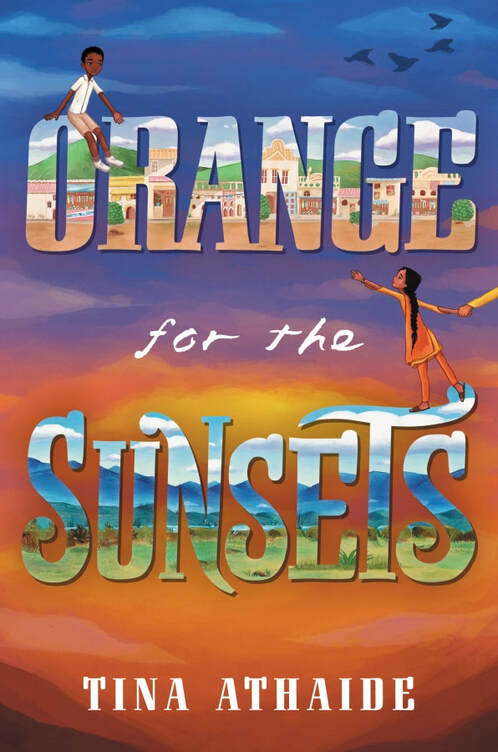
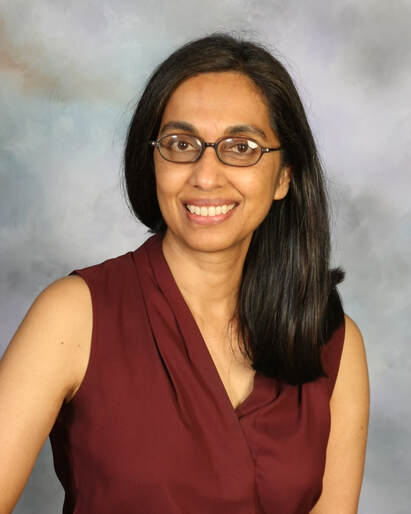
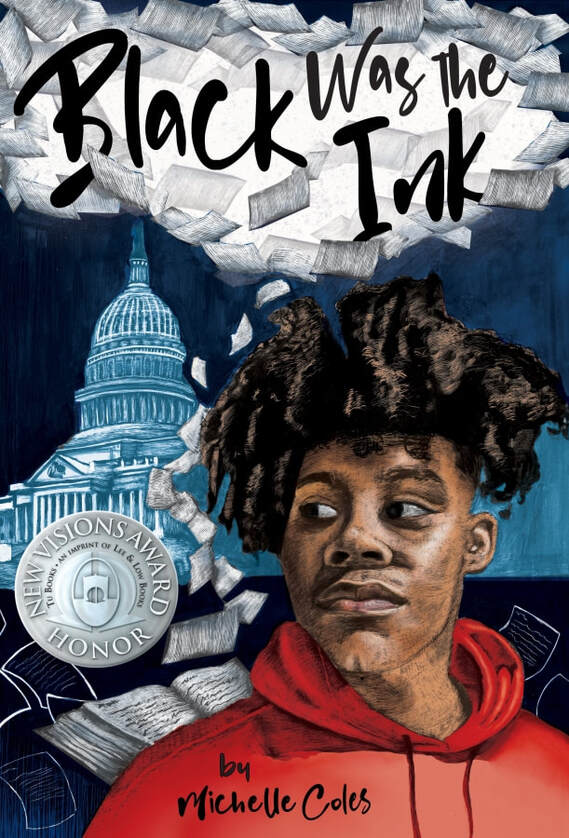
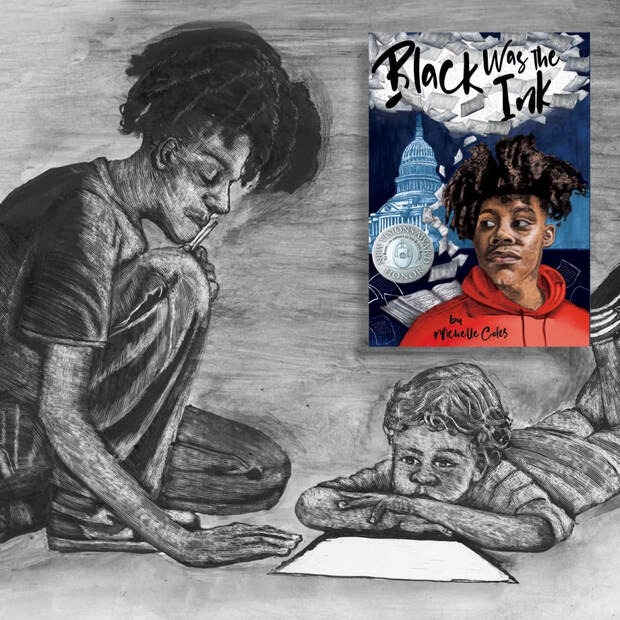
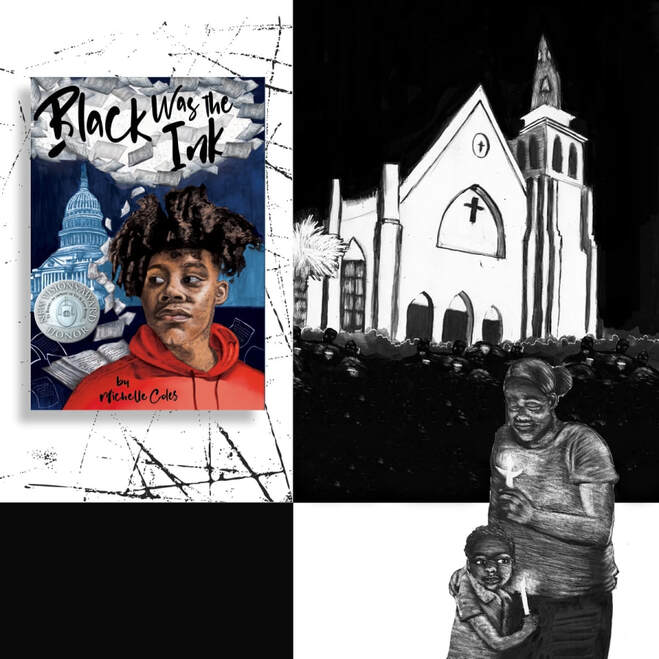
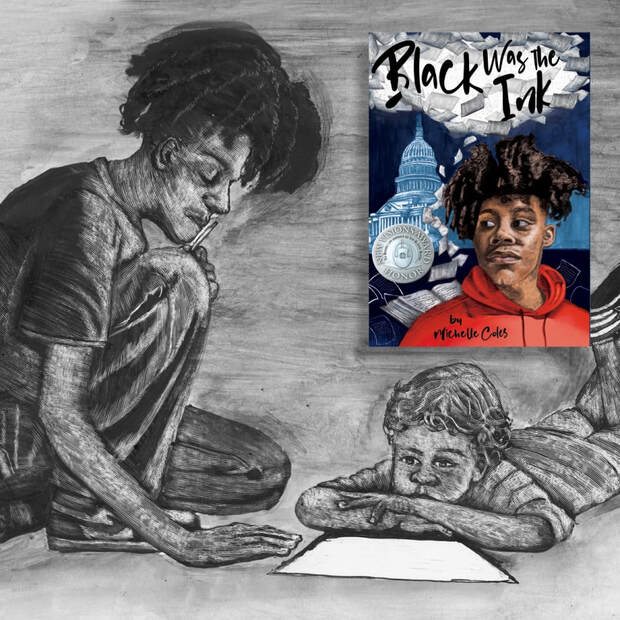
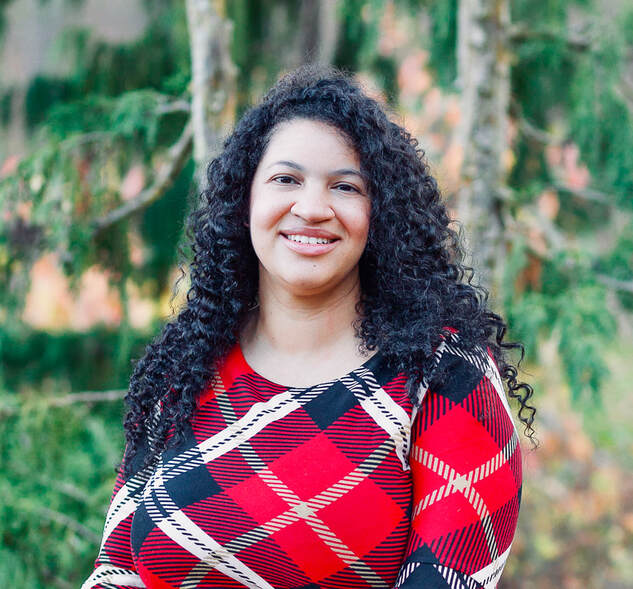
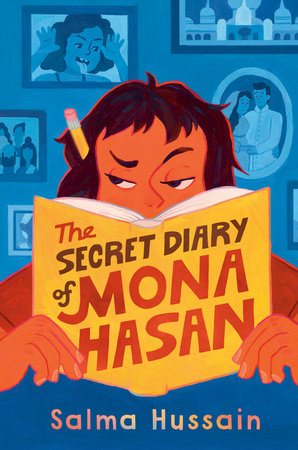
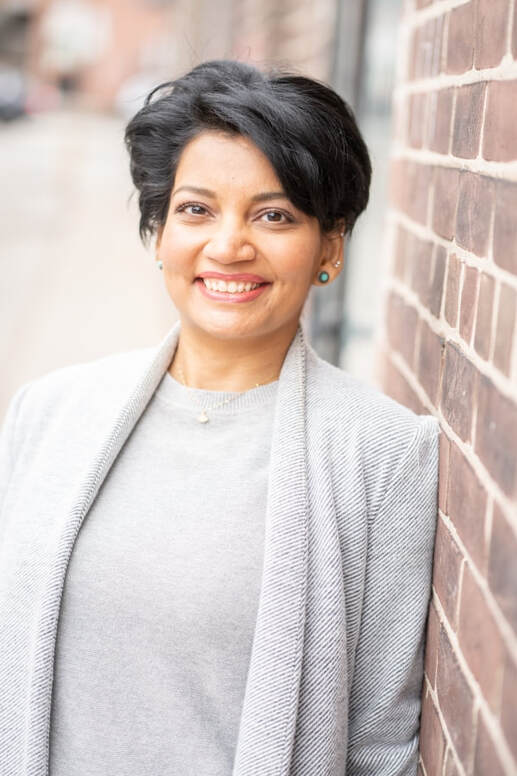
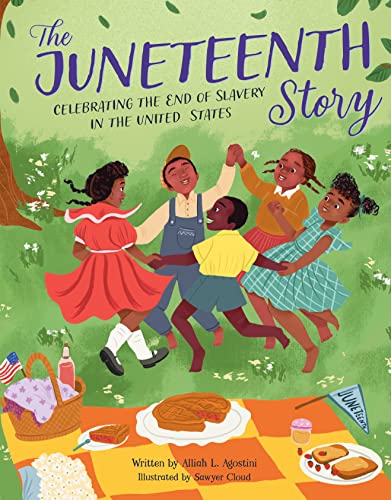
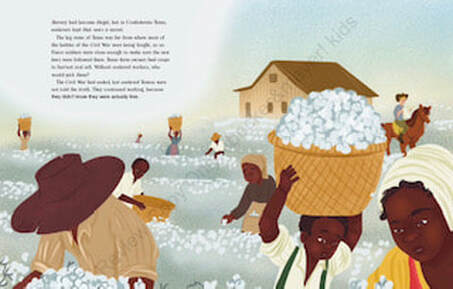
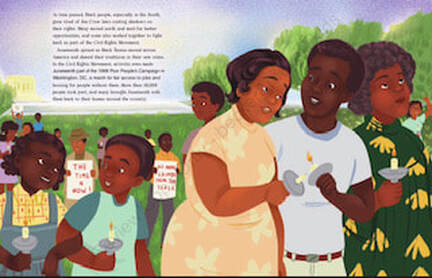
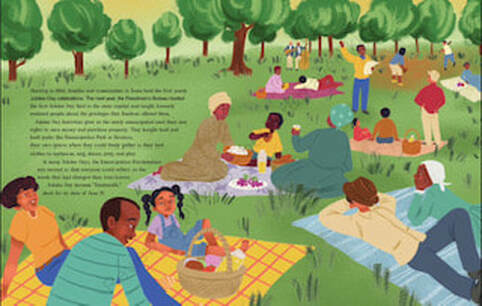
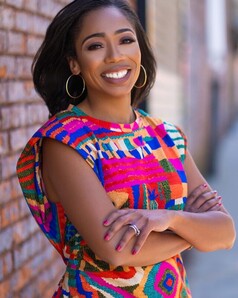
 RSS Feed
RSS Feed



